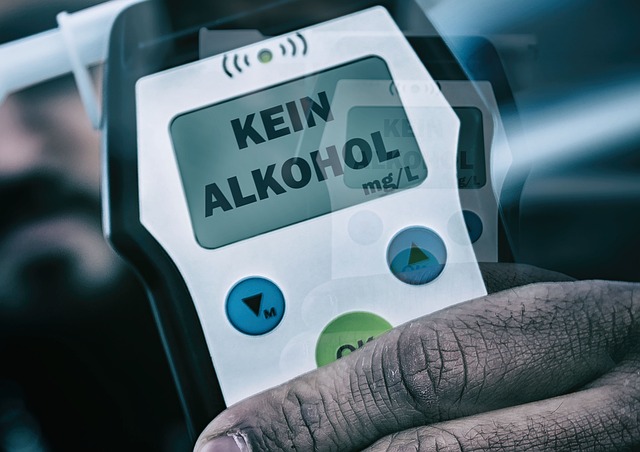DUI convictions lead to substantial insurance rate adjustments due to heightened risk profiles assessed by insurers. Tech integration, leveraging AI and machine learning, revolutionizes DUI prevention with real-time data analysis. These advancements enable efficient resource deployment, smart road safety systems, and fairer insurance pricing based on driving patterns, incentivizing safe behavior while offsetting incident costs.
As technology advances, so does its impact on legal landscapes. This article explores how tech solutions can future-proof law enforcement, particularly in the realm of DUI prevention. We delve into the intricate relationship between technology and insurance rate adjustments post-DUI conviction, examining innovative integration strategies that enhance road safety. By understanding these dynamics, we can navigate a more efficient and effective legal system, ensuring public safety remains a top priority.
Insurance Rate Dynamics Post-DUI Conviction

After a DUI (Driving Under the Influence) conviction, individuals often face significant challenges in various aspects of their lives, including financial implications. One area that undergoes substantial change is insurance rate adjustments. Insurance companies typically reassess risk profiles and apply stricter criteria to drivers with DUI history, leading to higher premiums. This is due to the increased likelihood of future risky behavior and potential accidents.
The impact on insurance rates post-DUI conviction can be substantial, especially for young or first-time offenders who may see their insurance costs soar. Insurance rate adjustments after DUI often result in a multi-factor assessment, considering not just the conviction but also the type and severity of the offense, the driver’s prior driving record, and even age and occupation. These factors contribute to the calculation of risk, which in turn dictates the level of premium a driver must pay.
Tech Integration: Enhancing DUI Prevention Strategies

Tech integration is transforming DUI (Driving Under the Influence) prevention strategies, offering innovative solutions to combat a persistent issue. With advancements in artificial intelligence and machine learning, law enforcement agencies can leverage data analytics to identify patterns and high-risk areas, enabling them to deploy resources more effectively. These technologies also facilitate the development of smart road safety systems that monitor driver behavior in real time, providing early warnings for potential DUI incidents.
Furthermore, tech solutions contribute to Insurance Rate Adjustments after DUI. By analyzing driving patterns and historical data, insurance companies can now assess individual risk factors more accurately. This leads to fairer pricing, as drivers with a history of responsible driving may see reduced rates, while those convicted of DUI could face higher premiums. Such adjustments incentivize safe driving behaviors and help offset the costs associated with DUI-related incidents.
As we’ve explored, tech solutions play a pivotal role in future-proofing law, particularly in areas like DUI prevention. The integration of advanced technologies not only enhances enforcement strategies but also influences insurance rate adjustments post-DUI conviction. By staying at the forefront of these developments, legal and insurance sectors can ensure safer roads and more effective justice, ultimately benefiting society as a whole. Remember that, as technology evolves, so must our approaches to maintaining public safety.






